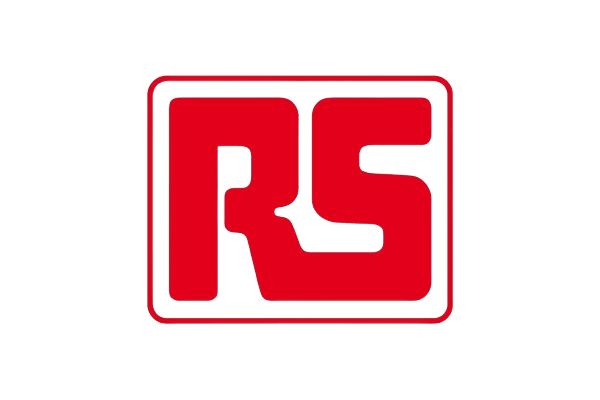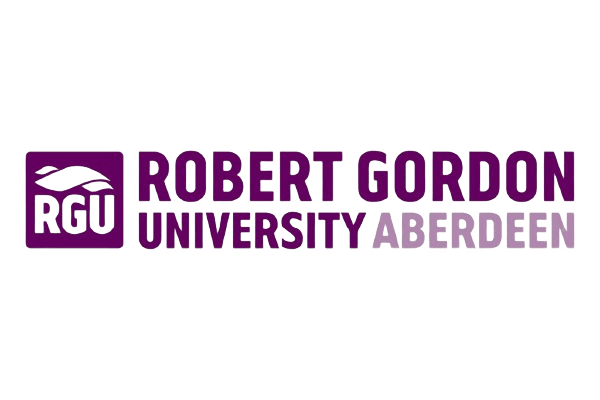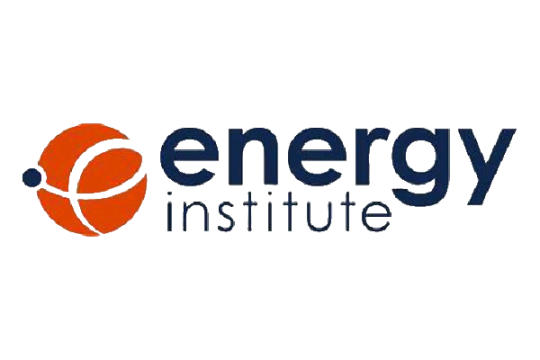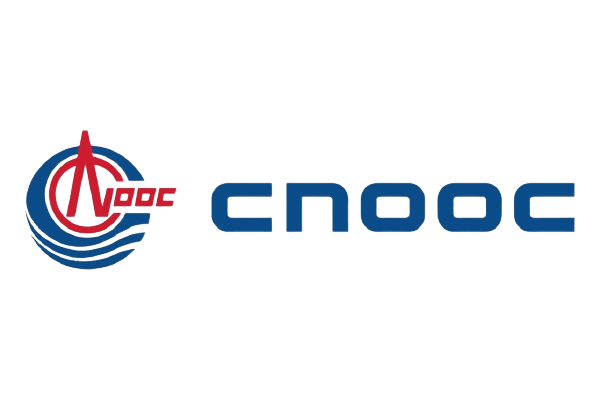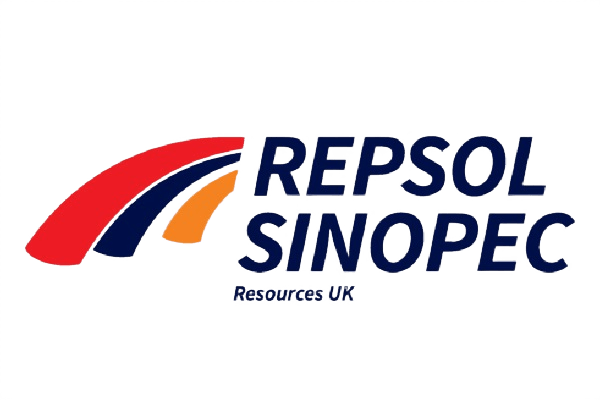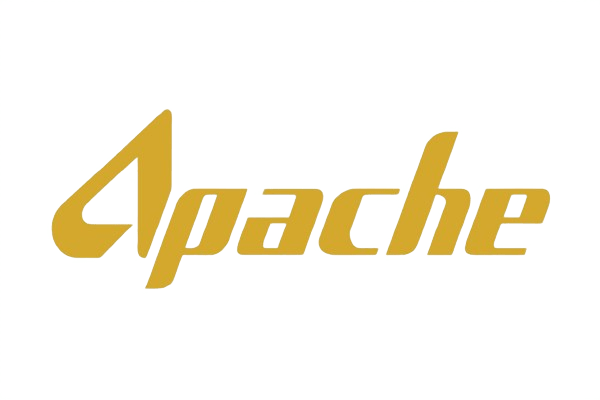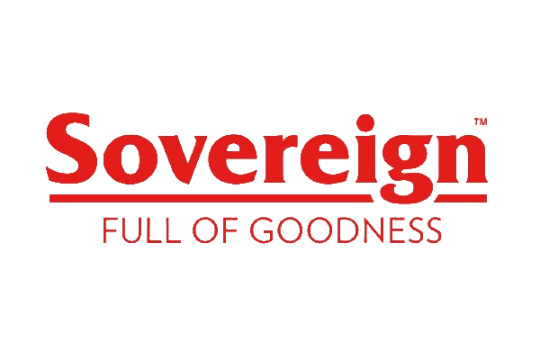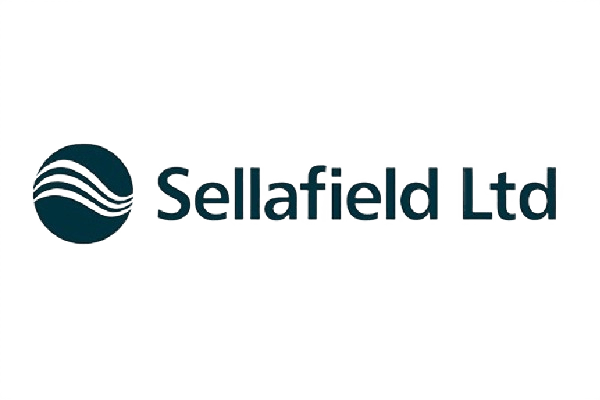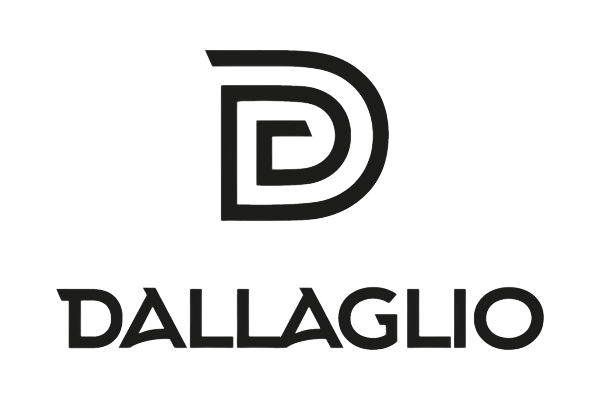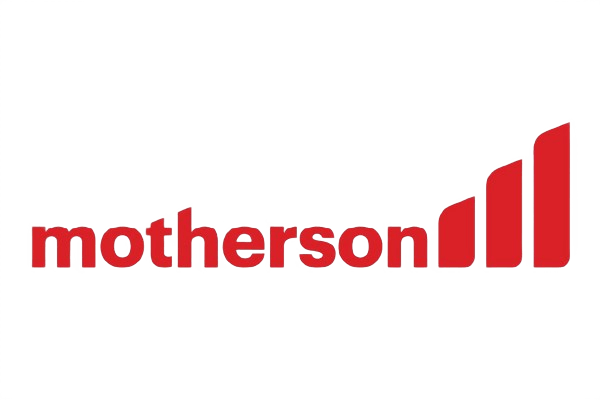How our experts can help
Our team of multisector experts specialise in the entire asset lifecycle from asset acquisition through to asset disposal. With specialisation in all areas of physical asset management our experts ensure that the quality of data that feedbacks into your CMMS or EAM solution actually delivers business value. Our broad network of strategic partners with solution providers who focus on technological innovation make us uniquely placed to become your asset management strategy implementation partners. Talk to one of our experts to understand how we can utilise cutting edge technology to not only meet your unique software needs but also ensure that the information stored within your systems aligns to international standards.
What is CMMS/EAM
CMMS (Computerised Maintenance Management System) is software which consolidates and stores maintenance information and facilitates the process of maintenance operations. EAM (Enterprise Asset Management) is the managing and control of the lifecycle of assets to maximise their use.
Managing your maintenance activities
To manage assets successfully preventative, predictive and reactive activities are necessary.
- Predictive maintenance takes advantage of analysis to predict actions necessary in the future.
- Preventative maintenance diagnoses and averts issues by supplementing old parts before an issue arises.
- Reactive maintenance is the action of diagnosing an issue after it has occurred and treating the issue after onset.
Resource Management
Resource management is used to improve effectiveness of a company through people, process and technology optimisation.
Work Order Management
Work order management is used to increase quality and efficiency by decreasing anomalies and mistakes by reducing unusable and gaps in data.
Life Cycle Costing
EAM (Enterprise Asset Management) is an approach to asset management with a whole of life perspective tracking the asset through its entire lifecycle – historically, current and future. This approach optimises asset performance and availability, with relevant detailed reporting capabilities that includes variance analysis. Information is dynamically updated with asset use and maintenance activity.
Benefits established include:
- The effective implementation of cost management in relation to high risk / high value asset components.
- Proactive decision making based on future strategies.
- Insight into the optimisation of risk strategies.
- Optimisation of asset performance via benchmarking.
Budgeting
Accurate asset management produces maintenance budgets efficiently and with precision, removing the existing labour-intensive processes to provide easily interrogated budget information to enhance decision making.
Benefits established include:
- The ability to create a zero-based budget effectively.
- The development of a budget that is cohesively based upon the underlying management strategy supplemented by analytics.
- Validation of key business decisions using cost variance analysis based upon projected strategy costs.
- Analytic reports providing clarity and insight into costs and risks.
Forecasting
Forecasting and asset management is produced using master data sourced from the CMMS, it provides a strategy accurately created to optimise performance. The analytics are used to highlight progress expected in an asset lifecycle while anticipating the end-of-life of an asset.
Some of key benefits of forecasting include:
- The ability to produce detailed and accurate real-time predictions.
- Variance analysis that emphasises a positive change in outcome.
- Decision making supported by ‘when required’ risk scenario modelling.
- Consistent approach supported by external inputs.
- The presentation of up-to-date data to perform reviews.
- Data can be visualised to support easy identification of variables that can be adjusted to align costs with plan.
- Methodological approach to forecast future scenarios by removing manipulation of data.
- The ability to ensure authentic costing based upon current information.
Advantages of deploying an asset management system include:
- Dynamic management and monitoring of an asset lifecycle.
- Forecast optimal time for capital replacement based on asset component residual value.
- Manage replacement cycles based on statutory and operational guidelines.
- Providing baseline data to perform “What if” scenarios for planning, asset selection and feasibility studies.
- Provide baseline data to allow the forecast of resource requirements.
- Provide numerous performance and cost reporting analysis based on current, future forecast and “what if” scenarios.



